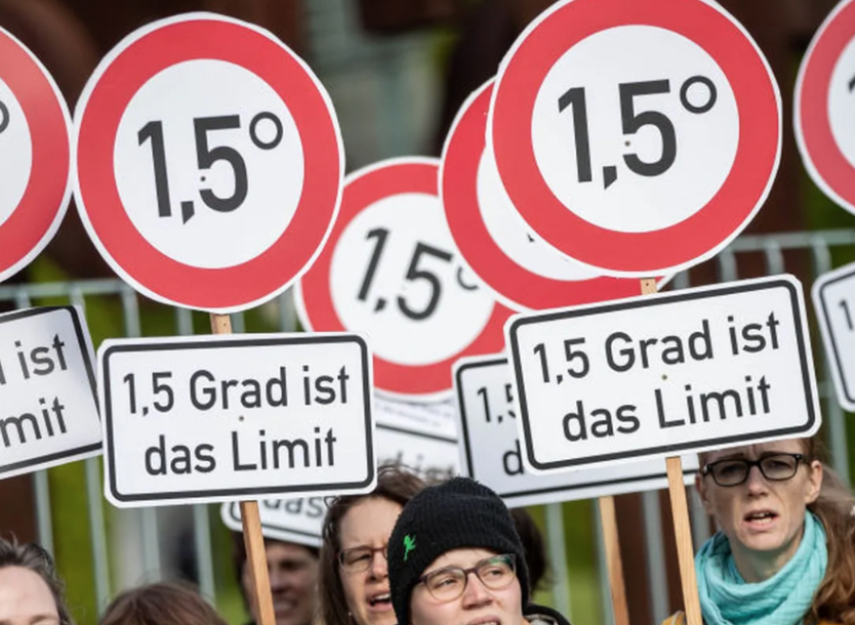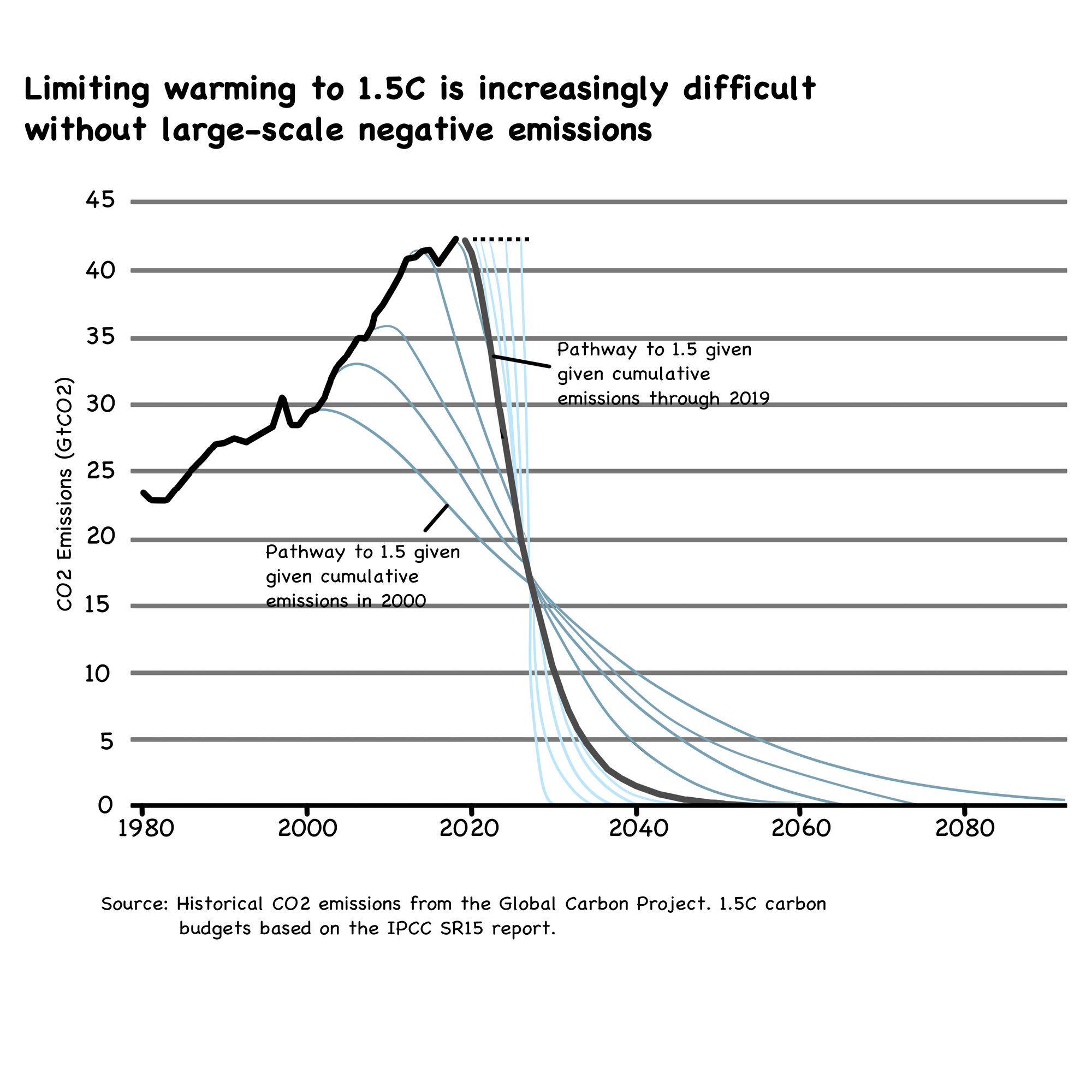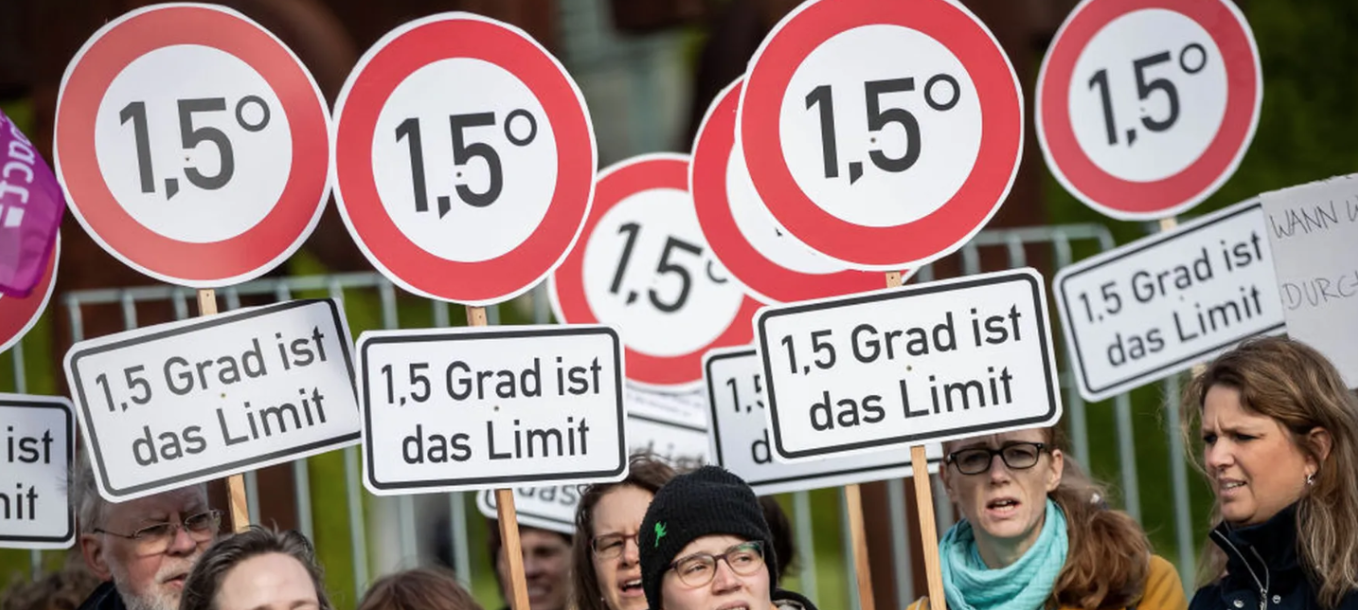
Reminder – What happened so far
In the 2015 Paris Agreement (CO21), the countries participating in the conference agreed to a common target: to hold the rise in global average temperature well below 2 degrees Celsius above pre-industrial levels. And to “pursue efforts to limit the temperature increase even further to 1.5 degrees Celsius.” The lower end of that range, 1.5˚C, has subsequently become a cause célèbre among activists. However, there are good reasons for the lower end of that range: Many scientists agree that limiting warming to 1.5 degrees Celsius would significantly reduce the odds of initiating climate change’s most dangerous and irreversible effects. For all the right reasons, there was significant pressure at the conference to achieve a robust outcome.
“Progress” made at COP 27
The COP27 climate conference in Egypt may be remembered as the moment when the world gave up on limiting global warming to 1.5 degrees Celsius, the most ambitious goal set by the 2015 Paris Agreement. From where we stand today, limiting global warming to 1.5˚C is almost certainly not going to happen. As of today, the last scheduled day of the climate talks in Sharm el-Sheikh, the heads of the national delegations were still meeting to discuss the final documents and whether they should include a reference to that temperature target of 1.5 degrees.
Lots of talks and little action
The COP was labeled as the “implementation COP.” But it has implemented and achieved little. In our view, the fossil fuel industry and oil-exporting countries like Saudi Arabia and Russia are still driving the climate train. COP27 shows once more plenty of delay and greenwashing. Some of it is so hideous it would be funny. Maybe. On somebody else’s planet:
So what Russia is saying is essentially: You can attack neighboring countries. You can weaponize energy by cutting supplies to other countries and bombing infrastructure in winter times. But of course, you “cannot make the energy situation worse”. So let’s leave all that stuff about fossil fuels out of the CO27 declaration. Right.
Loss and damage fund
Negotiators, however, did reach a general compromise on a “loss and damage fund”. And that represented a significant shift, especially for leaders in the US and western Europe, who have long feared such payments could make the nation liable for huge sums, given its historical contribution to emissions. However, COP 27 kicked the most controversial decisions on the fund down the road, where a “transitional committee” will make recommendations for the COP 28 climate summit in November 2023.
We will miss the 1.5-degree climate target – So what?
Considering the “progress” made by the participants of COP 27, the 1.5-degree target is – in our humble opinion – very unlikely to be achieved. However, admitting that the 1.5-degree target is out of reach, does not end hope.
Limiting global warming to 1.5-degree was always a very ambitious target…
Reaching the 1.5-degree target has always been a highly ambitious target. And it became increasingly unrealistic: An emissions pathway with a 50-50 chance of meeting the 1.5-degree goal was maybe still credible at the time of Paris. Seven intervening years of rising emissions mean such pathways are now plain unrealistic. Most people with knowledge in this field know this to be true. Very few say it in public, or on the record. Because the 1.5-degree target continues to be the gold standard of climate protection, as well as the “net-zero by 2050” mantra.
Which were strengthened, inter alia, by a report published by the Intergovernmental Panel on Climate Change that compared what the world might expect at 1.5°C with what 2°C would look like. Even as temperatures crept up by just half a degree, impacts and risks became a lot worse in every possible domain: In a 2°C world, some 400 m more people would be exposed to record heat, and millions more people would have their livelihoods wiped away by higher seas. Make no mistake – the 1.5-degree continues to be an inspirational and aspirational target. It is just not realistic any more.
…And it has become more and more unrealistic over the years
Even if the 1.5-degree target was technically still achievable, the dramatic emissions reductions that would be necessary to realize the target would be extremely difficult to implement in the remaining time. Unrealistic, considering the process and outcomes of COP 27. For example, getting to 1.5 degrees would require significant economic incentives for companies to invest rapidly in decarbonization efforts. Although we can see this in some parts, including the US, most countries are less than willing to make changes in areas as fundamental as the food we eat and the way we move. Cutting GHG emissions by about half in the next eight years and to zero by 2050 is – in our humble opinion – extremely unlikely.
However, it still makes sense to stick to the 1.5 degree (as a “best effort”)
Does this change anything? Should we stop our efforts to fight climate change, because we’re about to loose the fight to cap global warming at 1.5 degrees? Obviously not. We need increase to our efforts to fight climate change! The 1.5-degree target has never been a pass/fail situation. The lower the increase in temperatures beyond the 1.5-degree target, the less catastrophic the consequences. According to a U.N. report released just before COP27, the current pledges to reduce greenhouse gas emissions put the planet on a path to heat between 2.1 and 2.9 degrees.
Absolutely not acceptable. This would lead to catastrophic climate impacts, including deadly heatwaves, worsening droughts and water shortages, crop failures, and degradation of ecosystems that could wipe out many species and kill a great number of humans. And that is what we need to prevent by doing more of the same, and faster – not although, but because we will miss the 1.5-degree climate target.
For sake of completeness – another option
Last, but not least: In theory, we could – provided that we have the technology at scale in 2050 – reach the 1.5 degree targets still – only later, i.e. after 2050, by removing the excess greenhouse gases. two alternative pathways toward net zero in 2050 are shown below. In other words, we will miss the 1.5-degree climate target first, only to reach it later.

However, we strongly believe in the old quip that “hope is not a strategy“. So we should not rely on some future technology that will remove greenhouse gases from the air at no/low cost in the not-so-distant future. But do whatever it takes to minimize our emissions now!







